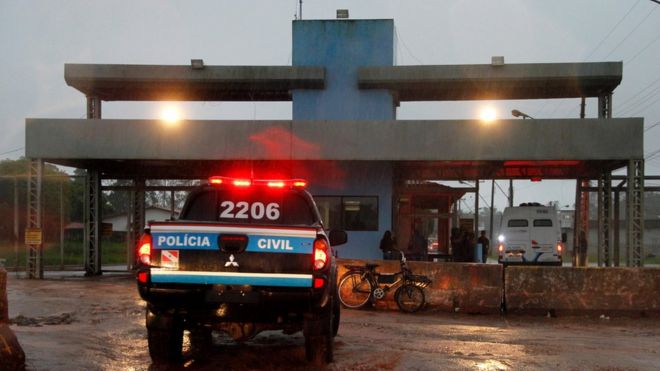The first aspect of Brazilian society that I came to understand over the course of this semester was the country’s supplementation of concrete racial identities with more subtle social hierarchies, based on specific features of individuals including their skin tones and hair types. Those bearing a stronger resemblance to traditional standards of whiteness will wish to reserve geographic and cultural spaces for themselves, as self-identified white people have in places like the United States and Europe. People of darker skin complexion, larger hair, etc. will be left to develop their own cultural and economic infrastructure, albeit often with less material capital to build on.
The next major piece of information that I was able to glean from my experience in this class has been the extremely wide range of positions Brazilians have historically taken on issues of gender and sexuality. Ostensibly a religious celebration, the Brazilian Carnival included drag performances (such as those by Madame Satan) as early as 1942. However, a significant subset of the population continues to elect – or at least support – conservative and evangelical politicians who do not recognize the legitimacy of these preferences and identities. It is quite interesting to me, how this disparity in what very large segments of the public consider to be acceptable social norms has persisted for so many decades.
The final prominent feature of Brazilian society I learned of this semester has been the diversity of conditions one may find when examining community life in the favelas, along with that in other unplanned neighborhoods in Rio de Janeiro. Favelas to the South are often quite prosperous and lacking in pervasive criminal activity, although they are also more in danger of gentrification and displacement due to their vistas and proximity to the city and ocean. Those in the North, meanwhile, have been decimated through deindustrialization, and are frequently subjected to violent power-struggles between the state and the cartels that occupy them. Families who have been evicted from any of these communities are typically driven to impoverished squatter settlements to the West, or drab concrete tenements located in certain regions of the city.



